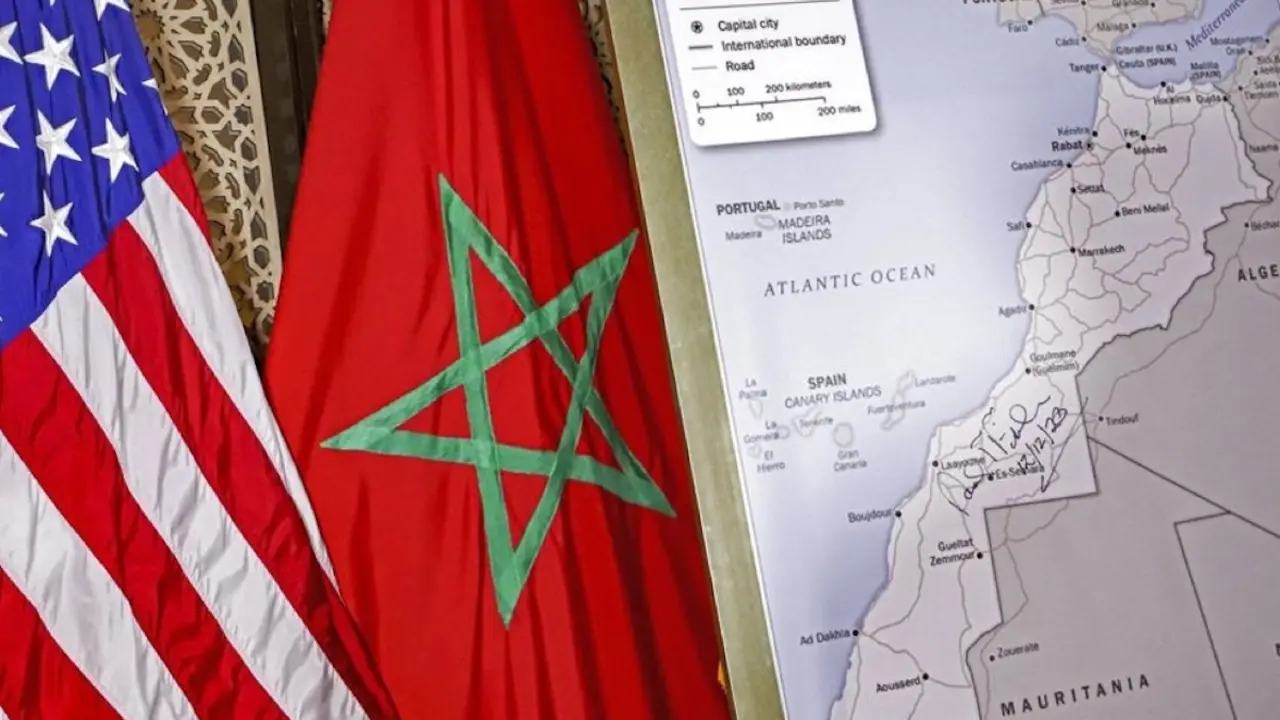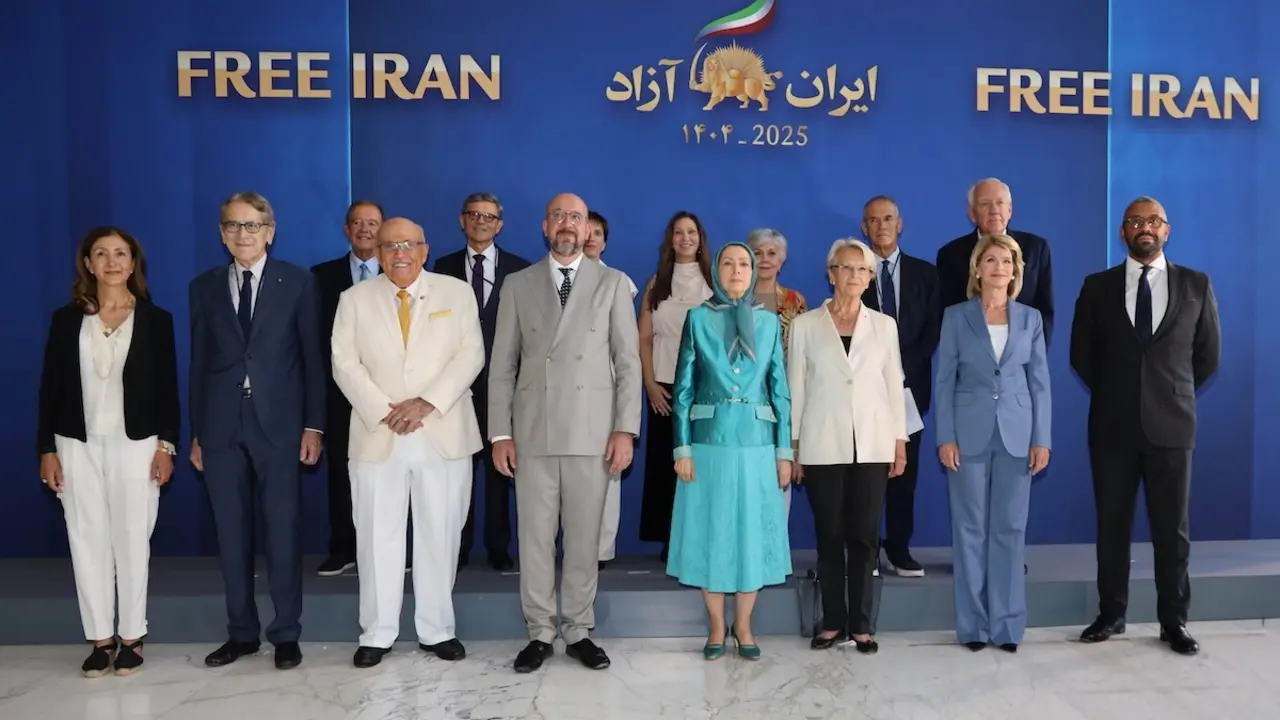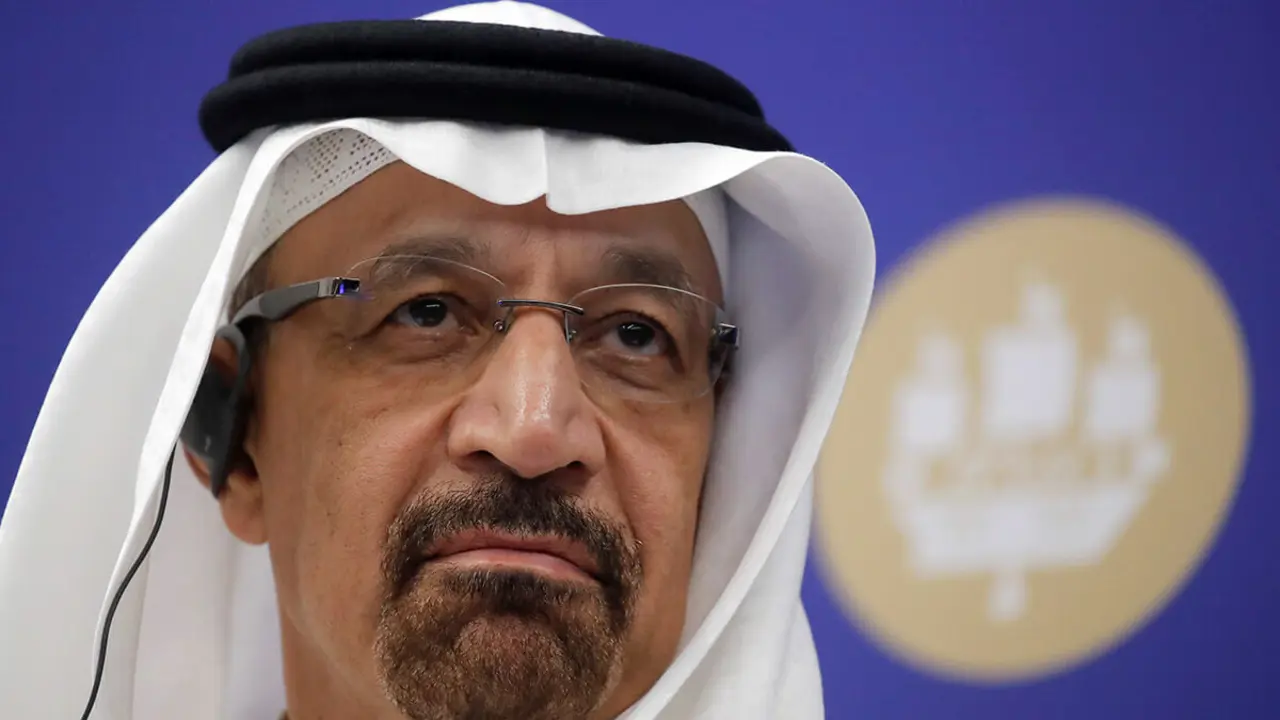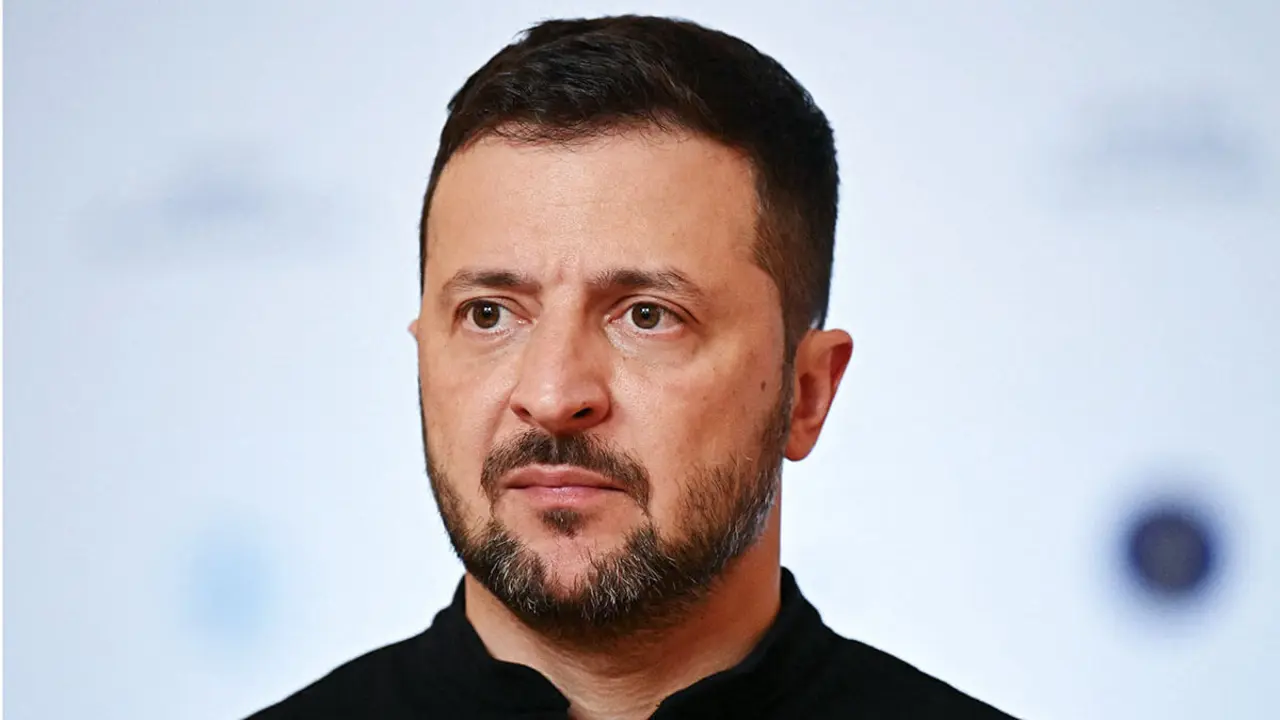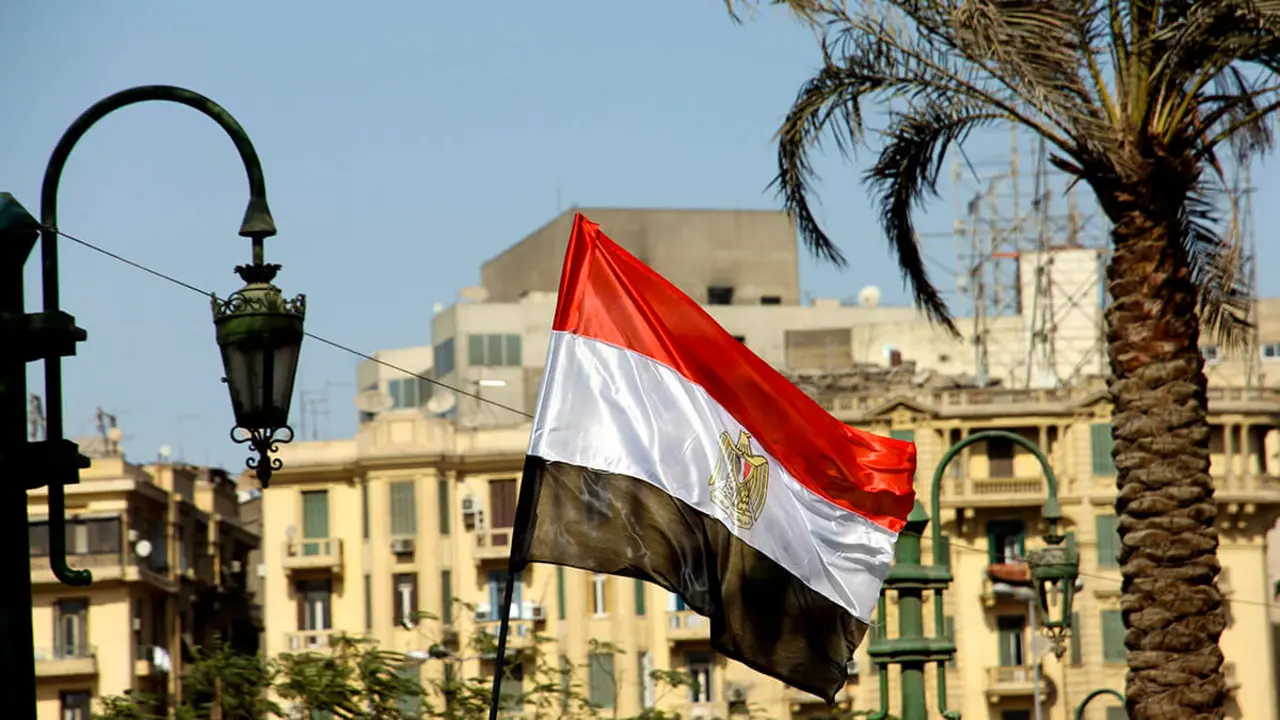Russia bathes Palm Sunday in blood in Ukraine
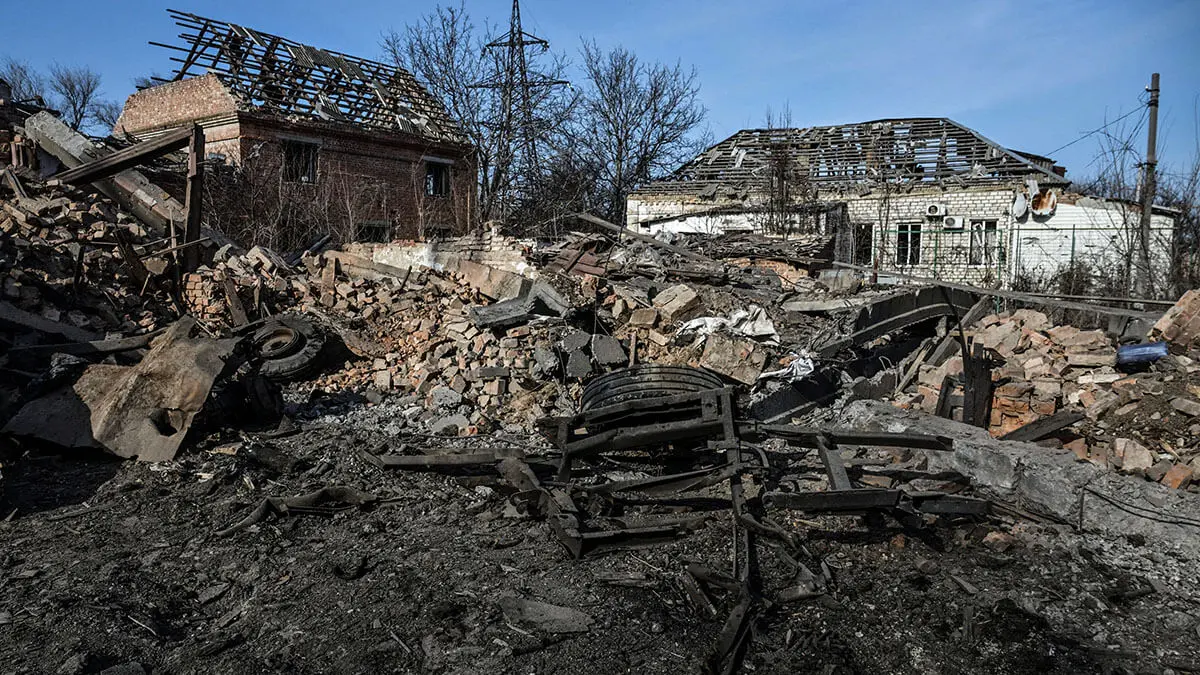
Reporter and journalist María Senovilla, a contributor to Atalayar, analysed the Russian ballistic missile attack on the city of Sumy and the Ukrainian response on Onda Madrid's programmed ‘De cara al mundo.’ She also mentioned the restructuring of the Ukrainian army.
María, we have said it many times, but these double-blow attacks, as you call them, are deadly. Russia has done it again in the town of Sumy, with more than 35 dead, a devastating and inhumane attack.
Yes, it has become a constant. This method of attack, this tactic, was typical of terrorist groups, who would send a car bomb or a person with explosives to blow themselves up and then, when people came to help, they would carry out another, more serious explosion. And this is the tactic that Russia is now repeating.
We have already reported several times on these double-tap attacks, such as the one that took place on Sunday, when a ballistic missile was fired at the centre of the city of Sumy and, when the rescue workers were doing their job, another missile was fired at the same place. So far, there are 35 dead, several people are in a profoundly serious condition in hospital and more than 120 have been injured, half of whom remain hospitalized. I must emphasize that this attack was particularly terrible because of the timing and the context in which it took place. It was Palm Sunday, a Palm Sunday bathed in blood, and Russia attacked at a time when all those civilians, all those people, were leaving the churches with olive branches in their hands.
I was also covering Palm Sunday in another nearby city, in Kyiv, and at precisely that time, when the attack was reported, I was in the street because I was covering how people were experiencing this Easter, which is now the fourth Easter in war. I went out into the street at precisely that time because that was when all the civilians were leaving the churches. Easter in Ukraine is a festive occasion, celebrated in the same way as in Spain, and Palm Sunday is a day with an incredibly special meaning.
We must also remember that this attack comes just a few days after the massacre of children in Kryvyi Rih, Zelensky's hometown. On that occasion, Russia also launched another ballistic missile at a building housing a restaurant, opposite a playground. Of the 19 people killed, nine were children.
Nine children's funerals with those small white coffins and people completely broken with grief. And two days later, this new massacre is perpetrated on Palm Sunday at the time when people are leaving church. The truth is that Ukrainian society, which has been suffering this war for more than three years now, suffering these indiscriminate and systematic attacks against cities and civilian targets, is now immune to horror. In recent days, with the terrible massacre of children in Kryvyi Rih and this attack in Sumy, they have been shocked. It was hard to take in last Sunday, ridiculously hard to take in.
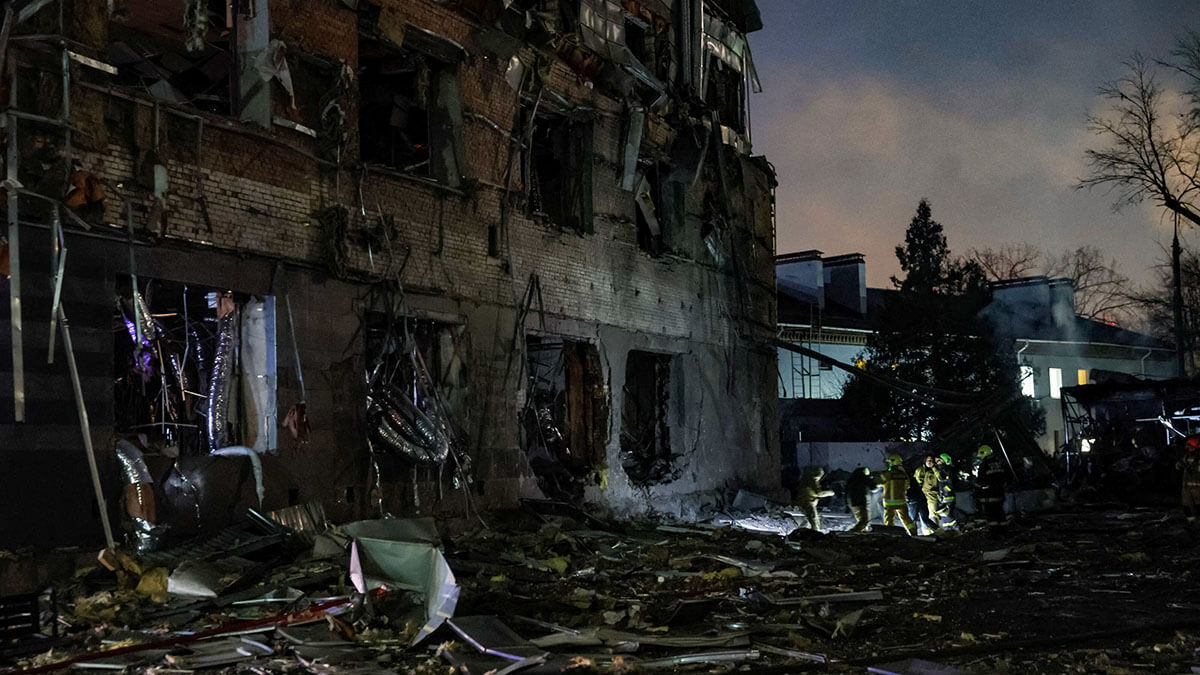
Very much so. I saw you on television and it is true that you conveyed all the damage, the tragedy, the horror, the appalling Machiavellianism of how to prepare an attack of this kind, which, in addition to the human damage, personal injury and material damage, is also having diplomatic consequences, specifically resignations within the US embassy in Kiev.
That is right, following the attack I described to you in Kryvyi Rih, where nine children were killed, the US ambassador to Kyiv has resigned. She posted a tweet after the attack condemning it but omitting that it had been a Russian attack. You can imagine the controversy that erupted, and the next day the ambassador made another statement on social media, admitting that it had indeed been a Russian attack, a massacre without any justification, and immediately resigned. But look, even the Trump administration's special envoy to Ukraine, General Kellogg, after the attack in Sumy, had to publicly acknowledge in a press statement that this Russian attack had gone beyond decency.
He said that these attacks that Russia is committing right now, which are even more brutal, if possible, because of this double-tap system, this terrible double-tap tactic that it is using systematically, and the targets it is choosing and now what it is doing, killing children and civilians in such huge numbers, are putting even Donald Trump's supporters here on the ground in a serious predicament.
Because it is one thing to experience it from the United States or from the Russian side, where these unilateral negotiations between the United States and Russia are taking place, but it is quite another for the people, the delegates, those sent by the United States to Ukrainian soil, who are seeing it and feeling it with their own eyes.
So far, it has cost the US ambassador her job. In addition, General Kellogg has also had to take a tougher stance than usual against Russia, and we will see what happens if Russia continues, and it does not look like this is going to change, on this path of war it has established against the civilian population, this war of terror, these bombings.

Trump, who, incidentally, said that Zelensky had started the war, is something that is not very well understood. The Ukrainian response, in any case, is that violence begets violence, and in these areas of war you cannot give too much impression of weakness. Ukraine has responded in Kursk.
That's right, the attack you mentioned in Kursk, but the response has been widespread on all fronts, and moreover from all brigades, from all positions and from all trenches, the Ukrainian soldiers themselves and even the foreign fighters who are also fighting with the Ukrainian Army have taken it upon themselves to make it visible and public.
There has been a wave of videos published in recent days showing these Ukrainian fighters and the foreigners fighting alongside them, signing the shells they are going to fire at the Russian side in the name of the nine children killed in Krivy Rih and the rest of the people. And now these new murders have taken place in Sumy, where, in addition to civilians, there were also rescuers, doctors and military personnel who had gone to help, and I can tell you that this has been a response that has inflamed passions.
The anger that the soldiers are feeling right now has been staged, and others are also increasingly less inclined to look towards negotiation, because Russia, I insist, is not paving the way for negotiation, it is doing the opposite.
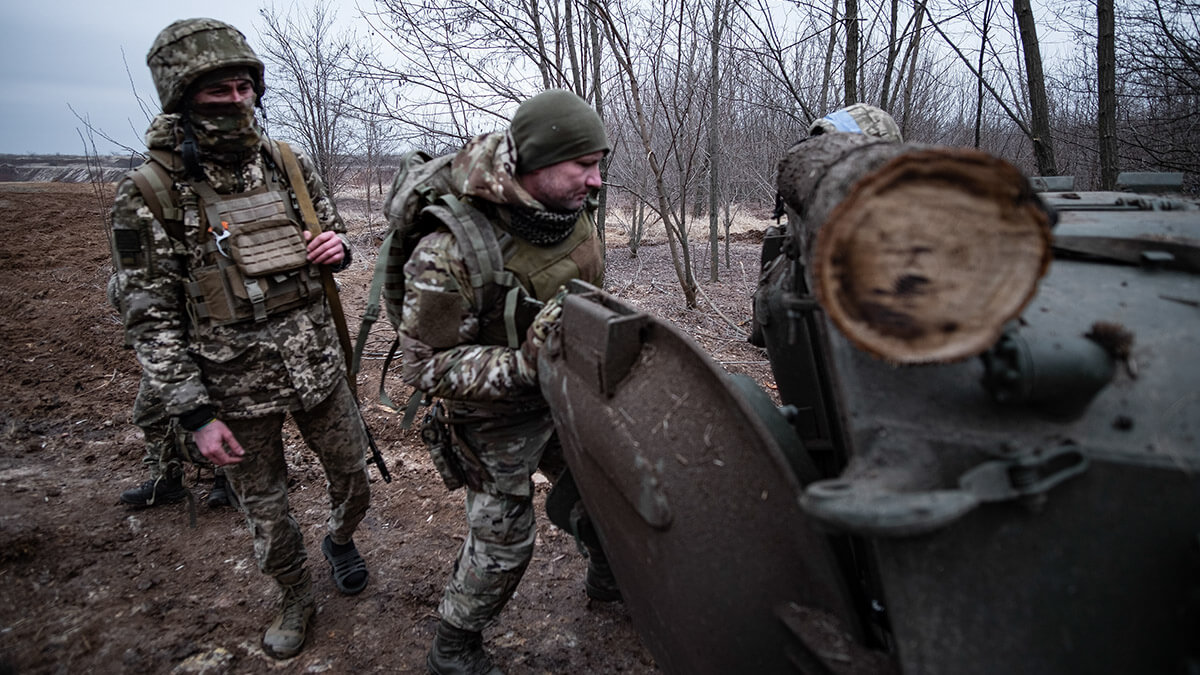
One last question, María. Once again, the Ukrainian army is being restructured.
It is underway. Some remarkably interesting moves have been announced in recent days, involving two of the most famous and largest brigades, which had the most recruits, and they have been transferred from the army to the corps. This is a huge leap because after a brigade comes a division, and an army corps is at least two divisions or more, and what the Ukrainian army is trying to do is take the leap and turn these brigades directly into army corps.
It is true that Ukrainian brigades have fewer troops than NATO army brigades. This has been the case from the beginning and is also a system that is similar on the Russian side. Brigades in this part of Europe and in Russia are smaller than what we understand, for example, in Spain, which is a NATO army. But even so, if it is true that the figures are being given to transfer these two brigades to the Army, because in times of war no one publishes the figures, no one tells you how many people are being recruited and how many people there are in each brigade, but if they have decided that they have grown enough to become part of the Army.
This would mean that recruitment, whether through forced mobilisation or through volunteers signing up, would have increased significantly in recent months. Furthermore, in Donbas, there are beginning to be movements that can be seen as new insignia on some military vehicles, combat insignia, which could mean that, along with this restructuring of the army, which will make it more operational, and these combat insignia on some vehicles and a lot of troop movements, Ukraine may even surprise us soon with another counteroffensive attempt.



